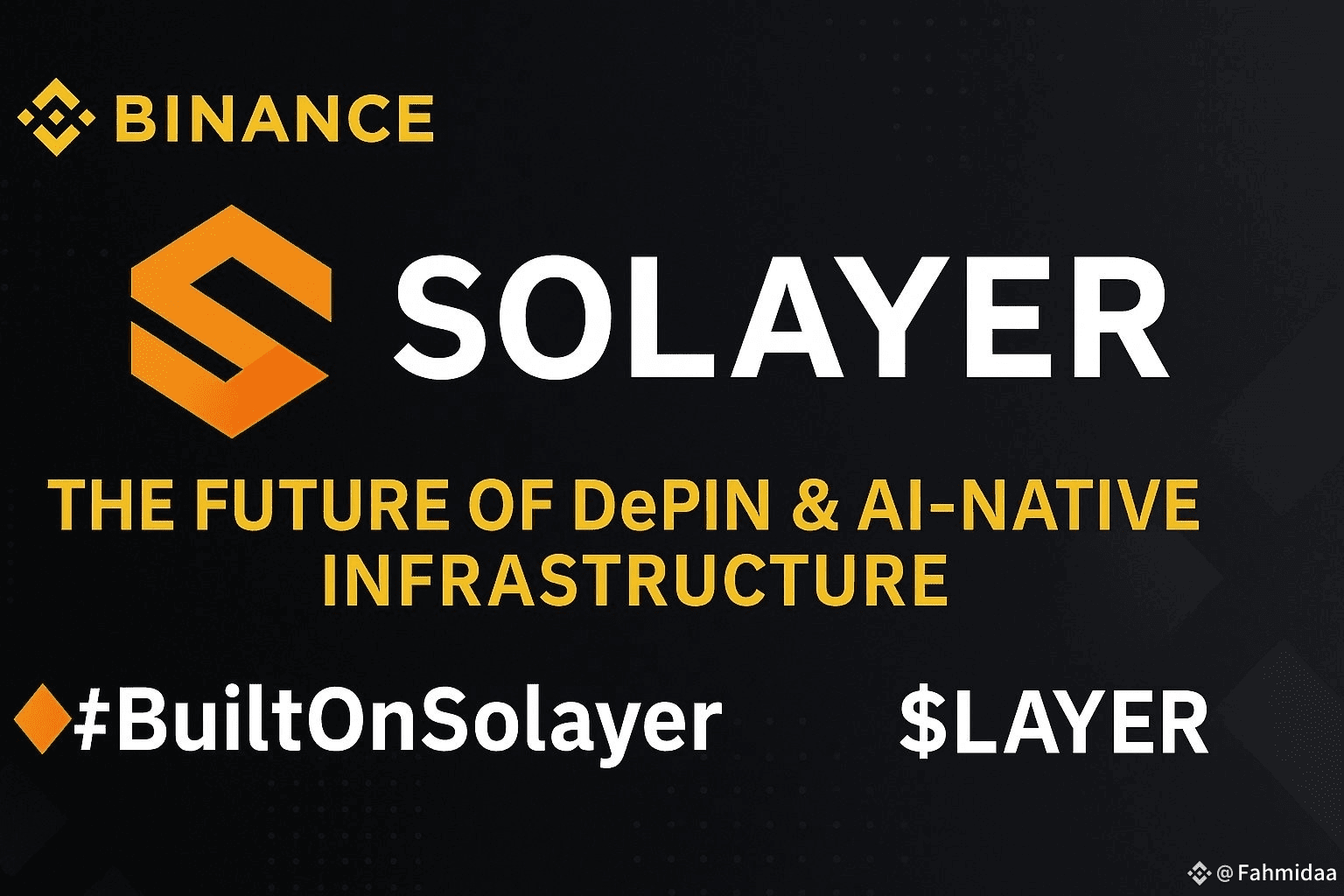Web3 adoption is accelerating, but the ecosystem still faces key challenges: high transaction costs, fragmented liquidity, and limited cross-chain interoperability. Solayer is addressing these issues by building a robust infrastructure protocol on Solana, designed to unify ecosystems and enable smooth, secure movement of assets across chains.
Core Capabilities
Cross-Chain DeFi: Solayer allows lending, borrowing, and liquidity provision across multiple blockchains, optimizing capital efficiency and minimizing slippage.
NFT Evolution: Fast minting, low-cost trading, and cross-chain marketplace support enable creators and collectors to move seamlessly across chains while preparing for metaverse and gaming integrations.
Modular Architecture for Developers: Solayer provides reusable building blocks, allowing teams to deploy dApps for gaming, DAOs, or tokenized real-world assets without reinventing the wheel.
Strategic Value of $LAYER
The $LAYER token powers Solayer’s ecosystem. It incentivizes liquidity providers, supports governance, and facilitates cross-chain activity, creating a self-sustaining ecosystem that attracts both users and developers. Strategically, $LAYER ensures that Solayer grows as the backbone for interoperable applications, enabling a network effect across DeFi and NFT markets.
Why Solayer Matters
Efficiency and connectivity are critical for mass adoption. By solving high fees, liquidity fragmentation, and interoperability hurdles, Solayer makes DeFi more inclusive, NFTs more accessible, and dApps more scalable. Its infrastructure is not only forward-looking but also positions Solayer as a key foundation for the next generation of decentralized applications.

The Bigger Picture
As blockchain adoption expands globally, projects that unify ecosystems and provide scalable, secure infrastructure will lead the space. Solayer is one of the few protocols directly addressing these structural gaps, offering a frictionless, connected, and efficient layer for Web3 growth.
In short, Solayer and $LAYER are building the infrastructure that will power the interoperable, scalable, and user-friendly Web3 economy of tomorrow.
